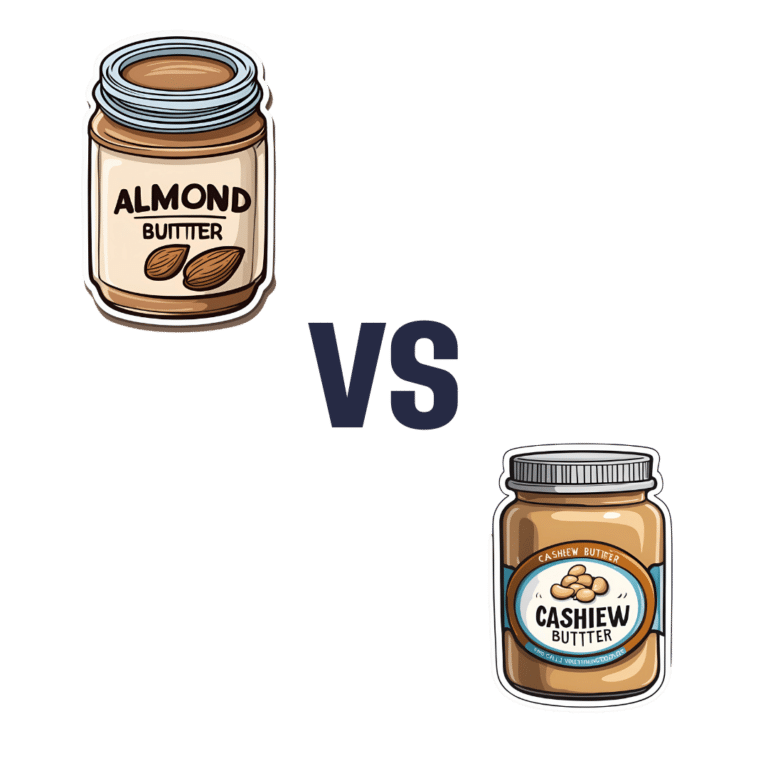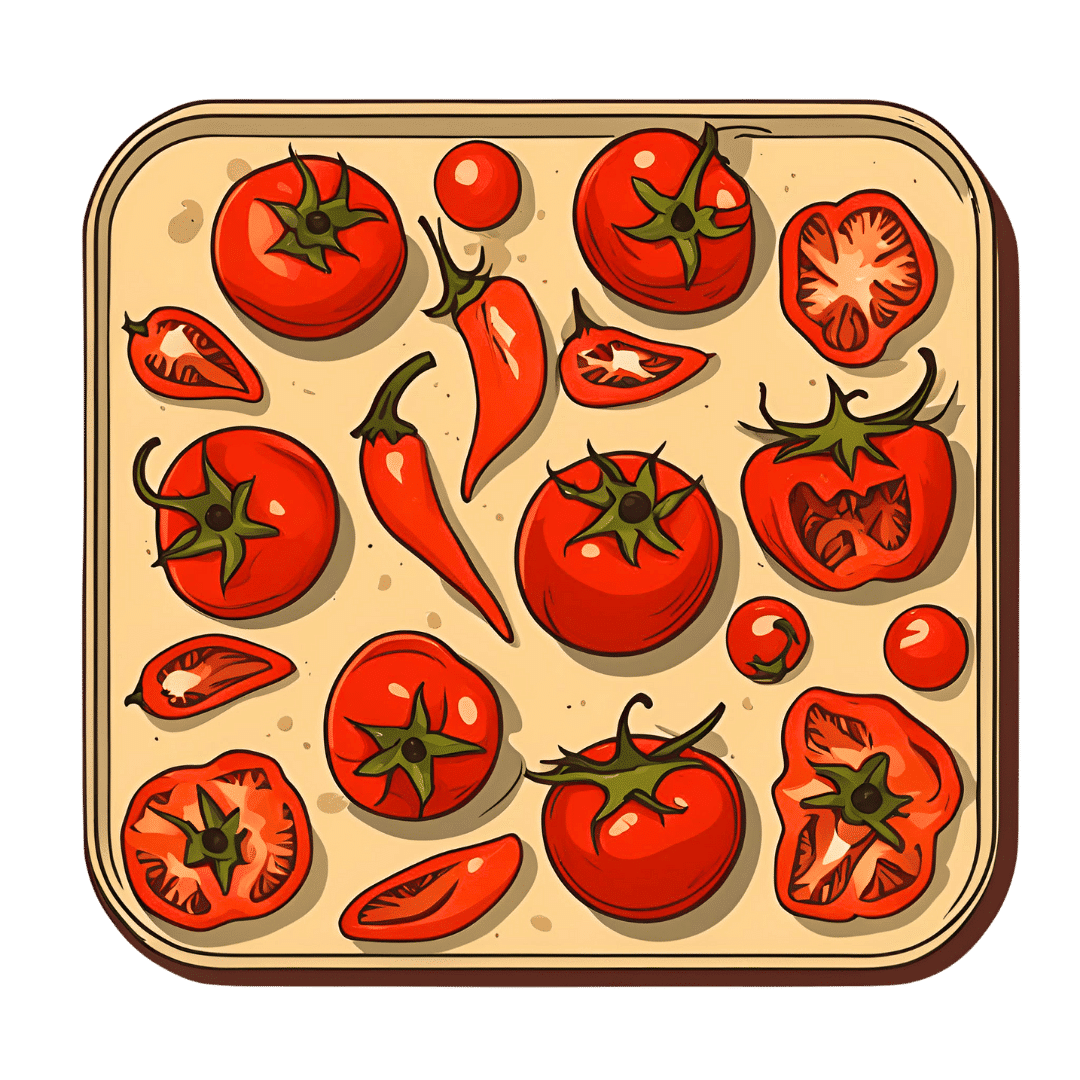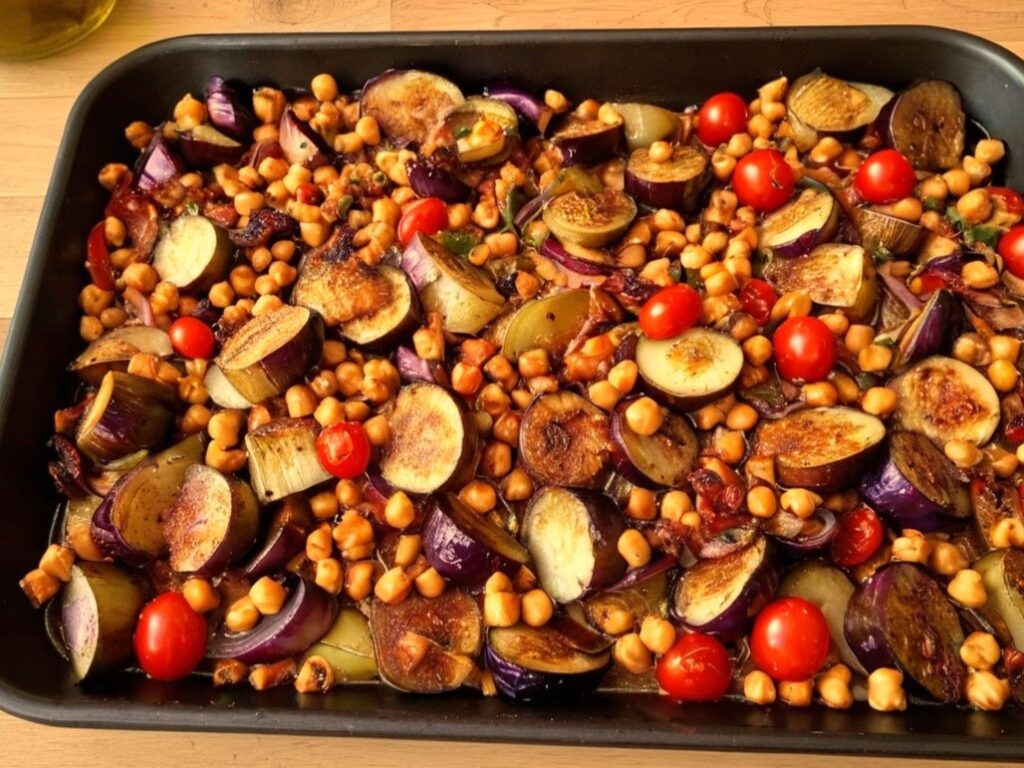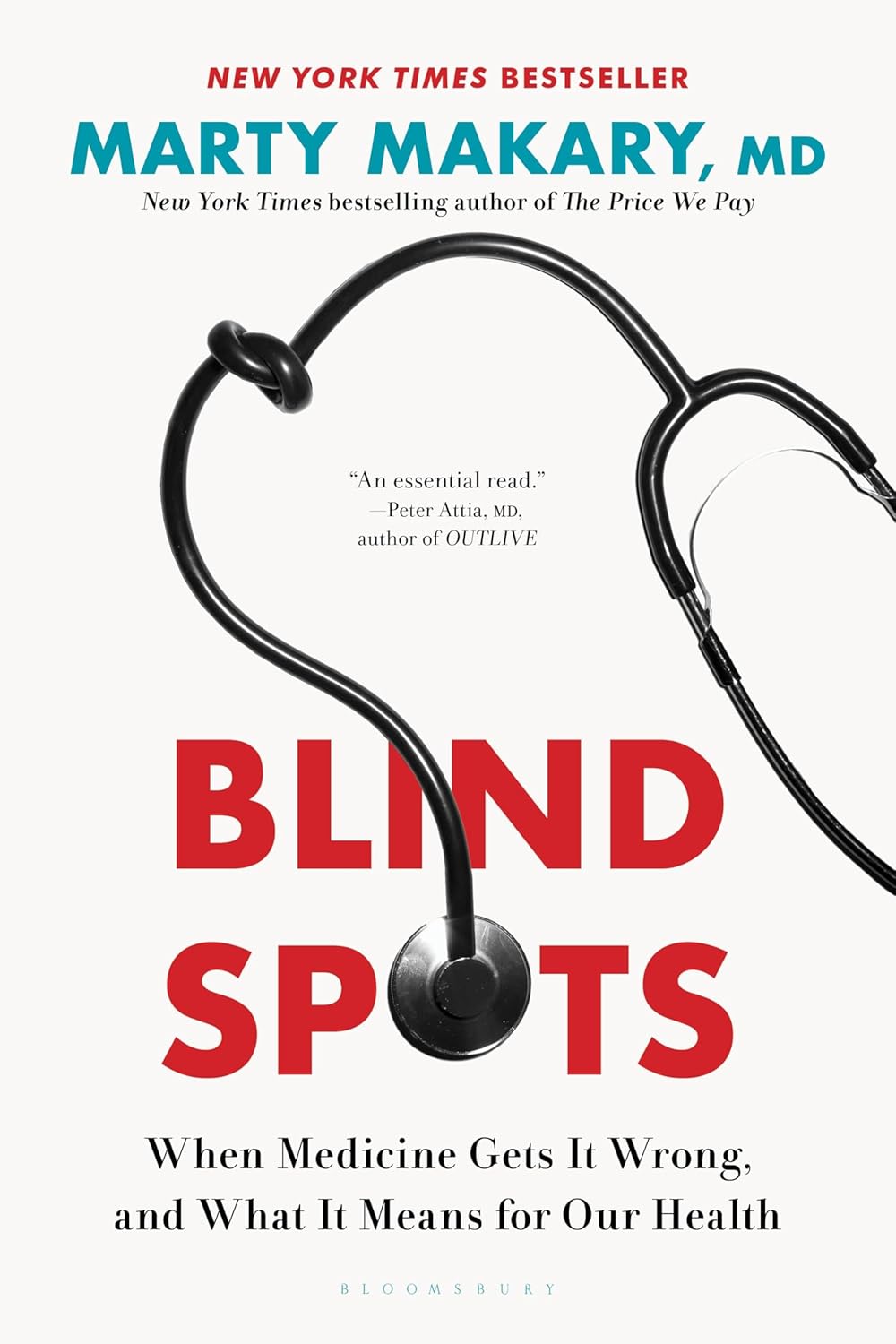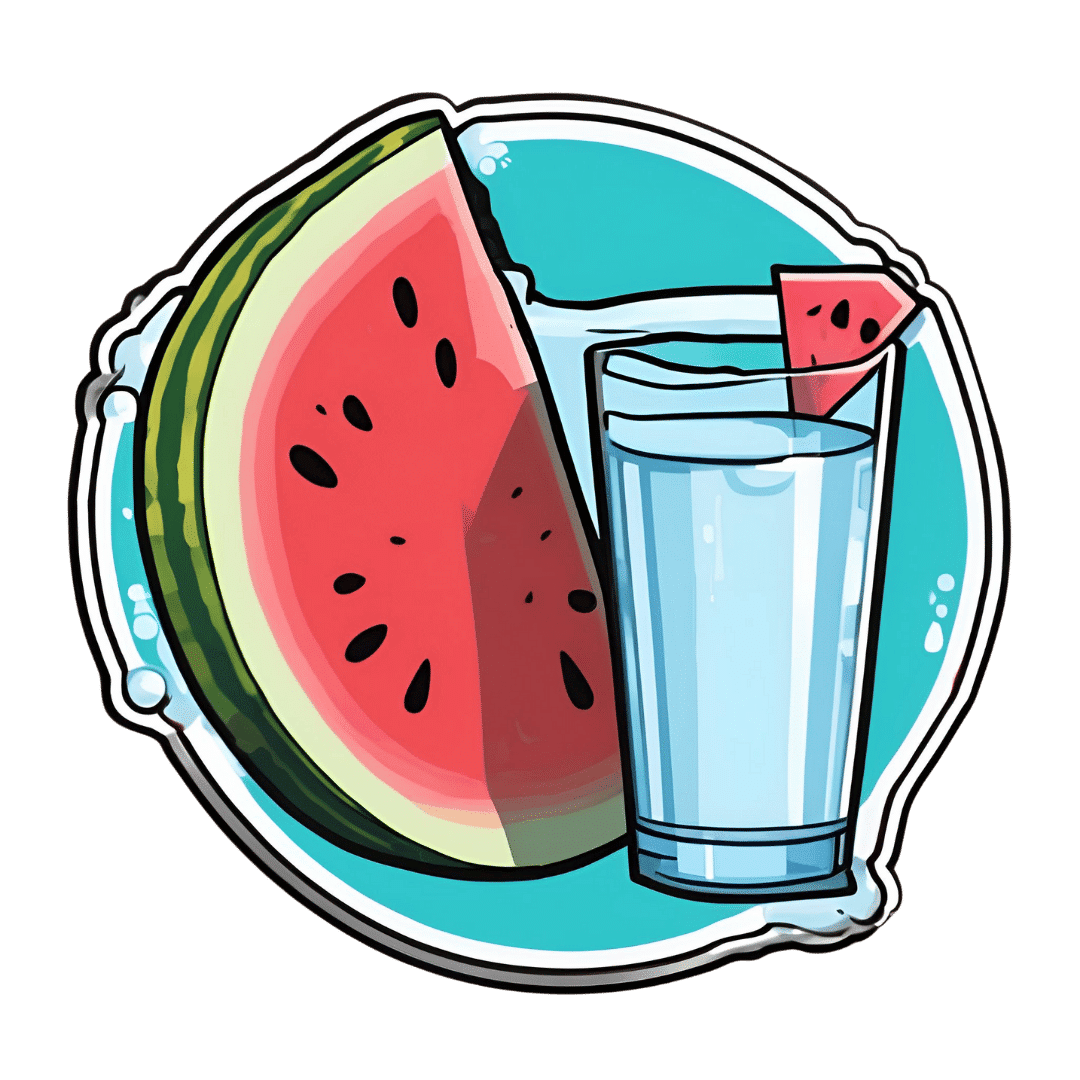
Pinto Beans vs Fava Beans – Which is Healthier?
10almonds is reader-supported. We may, at no cost to you, receive a portion of sales if you purchase a product through a link in this article.
Our Verdict
When comparing pinto beans to fava beans, we picked the pinto beans.
Why?
It wasn’t close!
In terms of macros, pinto beans have more protein and carbs, and much more fiber, resulting in a much lower glycemic index. We mention this, because while often the GI of two similar foods is similar, in this case pinto beans have a GI of 39 (low), while fava beans have a GI of 79 (high). In other words, not at all close, and pinto beans are the clear winner.
When it comes to vitamins, pinto beans have more of vitamins B1, B5, B6, B7, B9, C, E, K, and choline, while fava beans have more of vitamins B2 and B3. Once again, not close, and that’s before we take into account the margins of difference for those vitamins; the margins of difference are much greater on the pinto beans’ side of the scale, for example pinto beans having 47x more vitamin E, while fava beans have only 43% more vitamin B2. So, orders of magnitude less. A clear win for pinto beans in all respects.
In the category of minerals, pinto beans have more calcium, iron, magnesium, manganese, phosphorus, potassium, and selenium, while fava beans have more copper and zinc. This time, the margins of difference were quite moderate across the board, and/but pinto beans win on clear strength of numbers.
All in all, three clear wins for pinto beans add up to one big clear win for pinto beans.
Enjoy!
Want to learn more?
You might like to read:
What Matters Most For Your Heart? Eat More (Of This) For Lower Blood Pressure
Take care!
Don’t Forget…
Did you arrive here from our newsletter? Don’t forget to return to the email to continue learning!
Recommended
Learn to Age Gracefully
Join the 98k+ American women taking control of their health & aging with our 100% free (and fun!) daily emails:
-
Entertaining Harissa Traybake
10almonds is reader-supported. We may, at no cost to you, receive a portion of sales if you purchase a product through a link in this article.
No, it’s not entertaining in the sense that it will tell you jokes or perhaps dance for you, but rather: it can be easily prepared in advance, kept in the fridge for up to 3 days, and reheated when needed as part of a spread when entertaining, leaving you more time to spend with your houseguests.
Aside from its convenience, it is of course nutritious and delicious:
You will need
- 14 oz cherry tomatoes
- 2 cans chickpeas, drained and rinsed (or 2 cups cooked chickpeas, drained and rinsed)
- 2 eggplants, cut into ¾” cubes
- 1 red onion, roughly chopped
- 1 bulb garlic
- 2 tbsp extra virgin olive oil
- 1 tbsp harissa paste
- 1 tbsp ras el-hanout
- 1 tsp MSG or 2 tsp low-sodium salt
Method
(we suggest you read everything at least once before doing anything)
1) Preheat the oven to 400℉ / 200℃
2) Mix the onion, eggplant, and garlic (whole cloves; just peel them and put them in) with the olive oil in a mixing bowl, ensuring everything is coated evenly.
3) Add in 1 tbsp of the harissa paste, 1 tbsp of the ras-el hanout, and half of the MSG/salt, and again mix thoroughly to coat evenly.
4) Bake in the oven, in a walled tray, for about 30 minutes, giving things a stir/jiggle halfway through to ensure they cook evenly.
5) Add the cherry tomatoes to the tray, and return to the oven for another 10 minutes.
6) Mix the chickpeas with the other 1 tbsp of the harissa paste, the other 1 tbsp of the ras-el hanout, and the other half of the MSG/salt, and add to the tray, returning it to the oven for a final 10 minutes.
7) Serve hot, or set aside for later, refrigerating once cool enough to do so. When you do serve, we recommend serving with a yogurt, cucumber, and mint dip, and perhaps flatbreads (you can use our Healthy Homemade Flatbreads recipe):
Enjoy!
Want to learn more?
For those interested in some of the science of what we have going on today:
- Eat More (Of This) For Lower Blood Pressure
- Lycopene’s Benefits For The Gut, Heart, Brain, & More
- Our Top 5 Spices: How Much Is Enough For Benefits?
Take care!
Share This Post
-
F*ck You Chaos – by Dominika Choroszko
10almonds is reader-supported. We may, at no cost to you, receive a portion of sales if you purchase a product through a link in this article.
We’ve all read decluttering books. Some may even have decluttering books cluttering bookshelves. This one’s a little different, though:
Dominika Choroszko looks at assessing, decluttering, and subsequently organizing:
- Your home
- Your mind
- Your finances
In other words
- she starts off like Marie Kondo, and…
- phases through doing the jobs of Queer Eye’s “Fab Five”, before…
- sitting us down with some CBT worksheets, and…
- finally going through finances à la Martin Lewis.
By the time we’ve read the book, it’s as though Mary Poppins has breezed through our house, head, and bank account, leaving everything “practically perfect in every way”.
Of course, it’s on us to actually do the work, but as many of us struggle with “how” and the ever-dreaded “but where to begin”, Choroszko’s whirlwind impetus and precision guidance (many very direct practical steps to take) really grease the wheels of progress.
In short, this could be the book that kickstarts your next big “getting everything into better order” drive, with a clear step-by-step this-then-this-then-this linear process.
Share This Post
-
Natto vs Tofu – Which is Healthier?
10almonds is reader-supported. We may, at no cost to you, receive a portion of sales if you purchase a product through a link in this article.
Our Verdict
When comparing nattō to tofu, we picked the nattō.
Why?
In other words, in the comparison of fermented soy to fermented soy, we picked the fermented soy. But the relevant difference here is that nattō is fermented whole soybeans, while tofu is fermented soy milk of which the coagulated curds are then compressed into a block—meaning that the nattō is the one that has “more food per food”.
Looking at the macros, it’s therefore no surprise that nattō has a lot more fiber to go with its higher carb count; it also has slightly more protein. You may be wondering what tofu has more of, and the answer is: water.
In terms of vitamins, nattō has more of vitamins B2, B4, B6, C, E, K, and choline, while tofu has more of vitamins A, B3, and B9. So, a 7:3 win for nattō, even before considering that that vitamin C content of nattō is 65x more than what tofu has.
When it comes to minerals, nattō has more copper, iron, magnesium, manganese, potassium, and zinc, while tofu has more calcium, phosphorus, and selenium. So, a 6:3 win for nattō, and yes, the margins of difference are comparable (being 2–3x more for most of these minerals).
In short, both of these foods are great, but nattō is better.
Want to learn more?
You might like to read:
21% Stronger Bones in a Year at 62? Yes, It’s Possible (No Calcium Supplements Needed!)
Take care!
Share This Post
Related Posts
-
Blind Spots – by Dr. Marty Makary
10almonds is reader-supported. We may, at no cost to you, receive a portion of sales if you purchase a product through a link in this article.
From the time the US recommended not giving peanuts to infants for the first three years of life “in order to avoid peanut allergies” (whereupon non-exposure to peanuts early in life led to, instead, an increase in peanut allergies and anaphylactic incidents), to the time the US recommended not taking HRT on the strength of the claim that “HRT causes breast cancer” (whereupon the reduced popularity of HRT led to, instead, an increase in breast cancer incidence and mortality), to many other such incidents of very bad public advice being given on the strength of a single badly-misrepresented study (for each respective thing), Dr. Makary puts the spotlight on what went wrong.
This is important, because this is not just a book of outrage, exclaiming “how could this happen?!”, but rather instead, is a book of inquisition, asking “how did this happen?”, in such a way that we the reader can spot similar patterns going forwards.
Oftentimes, this is a simple matter of having a basic understanding of statistics, and checking sources to see if the dataset really supports what the headlines are claiming—and indeed, whether sometimes it suggests rather the opposite.
The style is a little on the sensationalist side, but it’s well-supported with sound arguments, good science, and clear mathematics.
Bottom line: if you’d like to improve your scientific literacy, this book is an excellent illustrative guide.
Don’t Forget…
Did you arrive here from our newsletter? Don’t forget to return to the email to continue learning!
Learn to Age Gracefully
Join the 98k+ American women taking control of their health & aging with our 100% free (and fun!) daily emails:
-
10 Oft-Ignored Symptoms Of Diabetes
10almonds is reader-supported. We may, at no cost to you, receive a portion of sales if you purchase a product through a link in this article.
Due in part to its prevalence and manageability, diabetes is often viewed as more of an inconvenience than an existential threat. While very few people in countries with decent healthcare die of diabetes directly (such as by diabetic ketoacidosis, which is very unpleasant, and happens disproportionately in the US where insulin is sold with a 500%–3000% markup in price compared to other countries), many more die of complications arising from comorbidities, and as for what comorbidities come with diabetes, well, it increases your risk for almost everything.
So, while for most people diabetes is by no means a death sentence, it is something that means you’ll now have to watch out for pretty much everything else too. On which note, Dr. Siobhan Deshauer is here with things to be aware of:
More than your waistline
Some of these are early symptoms (even appearing in the prediabetic stage, so can be considered an early warning for diabetes), some are later risks (it’s unlikely you’ll lose your feet from diabetic neuropathy complications before noticing that you are diabetic), but all and any of them are good reason to speak with your doctor sooner rather than later:
- Polyuria: waking up multiple times at night to urinate due to excess glucose spilling into the urine.
- Increased thirst: dehydration from frequent urination leads to excessive thirst, creating a cycle.
- Acanthosis nigricans: dark, velvety patches on areas like the neck, armpits, or groin, signalling insulin resistance.
- Skin tags: multiple skin tags in areas of friction may indicate insulin resistance.
- Recurrent Infections: high blood sugar weakens the immune system, making skin infections, UTIs, and yeast infections more common.
- Diabetic stiff hand syndrome: stiffness in hands, limited movement, or a “positive prayer sign” caused by sugar binding to skin and tendon proteins.
- Frozen shoulder and trigger finger: pain and limited movement in the shoulder or fingers, with a snapping sensation when moving inflamed tendons.
- Neuropathy: numbness, tingling, or pain in hands and feet due to nerve and blood vessel damage, often leading to foot deformities like Charcot foot.
- Diabetic foot infections: poor sensation, weakened immune response, and slow healing can result in severe infections and potential amputations.
- Gastroparesis: damage to stomach nerves causes delayed digestion, leading to bloating, nausea, and erratic blood sugar levels.
For more on all of these, plus some visuals of the things like what exactly is a “positive prayer sign”, enjoy:
Click Here If The Embedded Video Doesn’t Load Automatically!
Want to learn more?
You might also like to read:
Cost of Insulin by Country 2024 ← after the US, the next most expensive country is Chile, at around 1/5 of the price; the cheapest listed is Turkey, at around 1/33 of the price.
Take care!
Don’t Forget…
Did you arrive here from our newsletter? Don’t forget to return to the email to continue learning!
Learn to Age Gracefully
Join the 98k+ American women taking control of their health & aging with our 100% free (and fun!) daily emails:
-
Things Many People Forget When It Comes To Hydration
10almonds is reader-supported. We may, at no cost to you, receive a portion of sales if you purchase a product through a link in this article.
Good hydration is about more than just “drink lots of water”, and in fact it’s quite possible for a person to drink too much water, and at the same time, be dehydrated. Here’s how and why and what to do about it:
Water, water, everywhere
Factors that people forget:
- Electrolyte balance: without it, we can technically have lots of water while either retaining it (in the case of too high salt levels) or peeing it out (in the case of too low salt levels), neither of which are as helpful as getting it right and actually being able to use the water.
- Gastrointestinal health: conditions like IBS, Crohn’s, or celiac disease can impair water and nutrient absorption, affecting hydration
- Genetic factors: some people simply have a predisposition to need more or less water for proper hydration
- Dietary factors: high salt, caffeine, and alcohol intake (amongst other diuretics) can increase water loss, while water-rich foods (assuming they aren’t also diuretics) increase hydration.
Strategies to do better:
- Drink small amounts of water consistently throughout the day rather than large quantities at once—healthy kidneys can process about 1 liter (about 1 quart) of water per hour, so drinking more than that will not help, no matter how dehydrated you are when you start. If your kidneys aren’t in peak health, the amount processable per hour will be lower for you.
- Increase fiber intake (e.g., fruit and vegetables) to retain water in the intestines and improve hydration
- Consume water-rich foods (e.g., watermelon, cucumbers, grapes) to enhance overall hydration and support cellular function (the body can use this a lot more efficiently than if you just drink water).
- Counteract the diuretic effects of caffeine and alcohol by drinking an additional 12 oz of water for every 8 oz of these beverages. Best yet, don’t drink alcohol and keep caffeine to a low level (or quit entirely, if you prefer, but for most people that’s not necessary).
- If you are sweating (be it because of weather, exercise, or any other reasons), include electrolyte fluids to improve cellular hydration, as they contain essential minerals like magnesium, potassium, and in moderation yes even sodium which you will have lost in your sweat too, supporting fluid regulation.
For more details on all of these, enjoy:
Click Here If The Embedded Video Doesn’t Load Automatically!
Want to learn more?
You might also like to read:
- Water’s Counterintuitive Properties
- Hydration Mythbusting
- When To Take Electrolytes (And When We Shouldn’t!)
- Keeping Your Kidneys Healthy (Especially After 60)
Take care!
Don’t Forget…
Did you arrive here from our newsletter? Don’t forget to return to the email to continue learning!
Learn to Age Gracefully
Join the 98k+ American women taking control of their health & aging with our 100% free (and fun!) daily emails:

